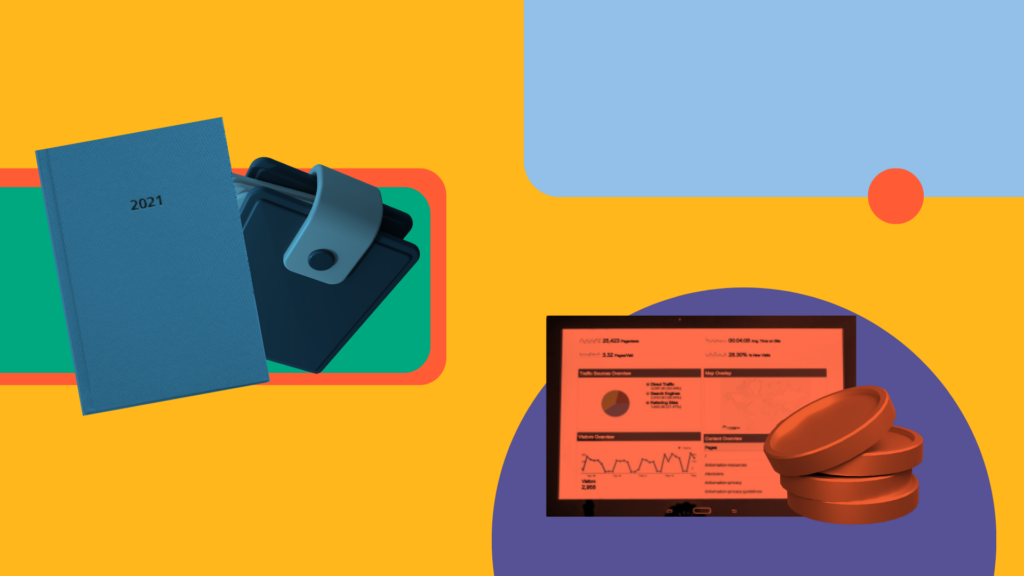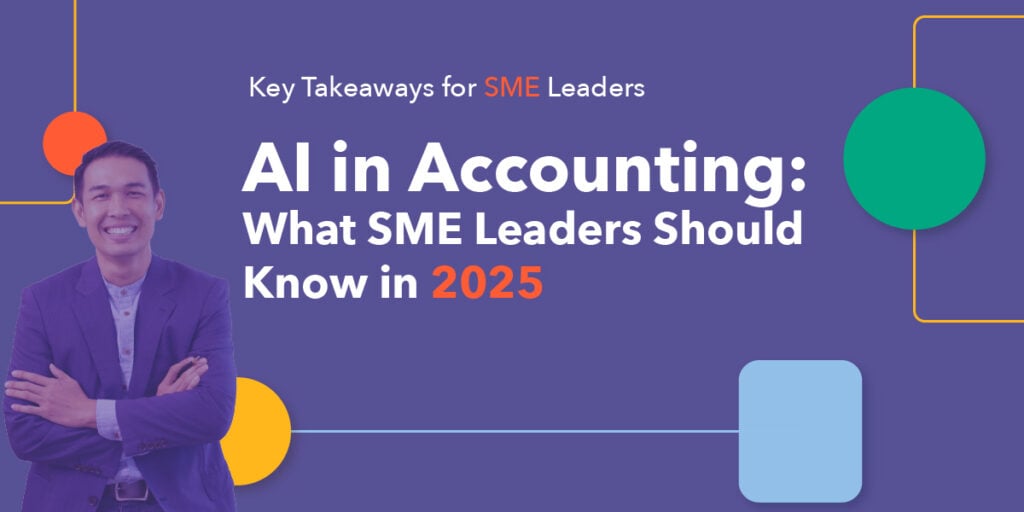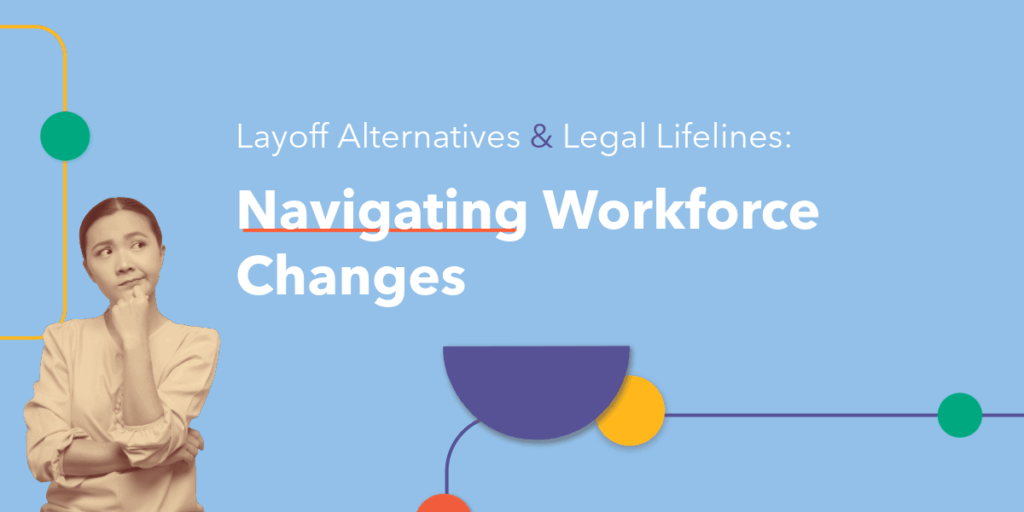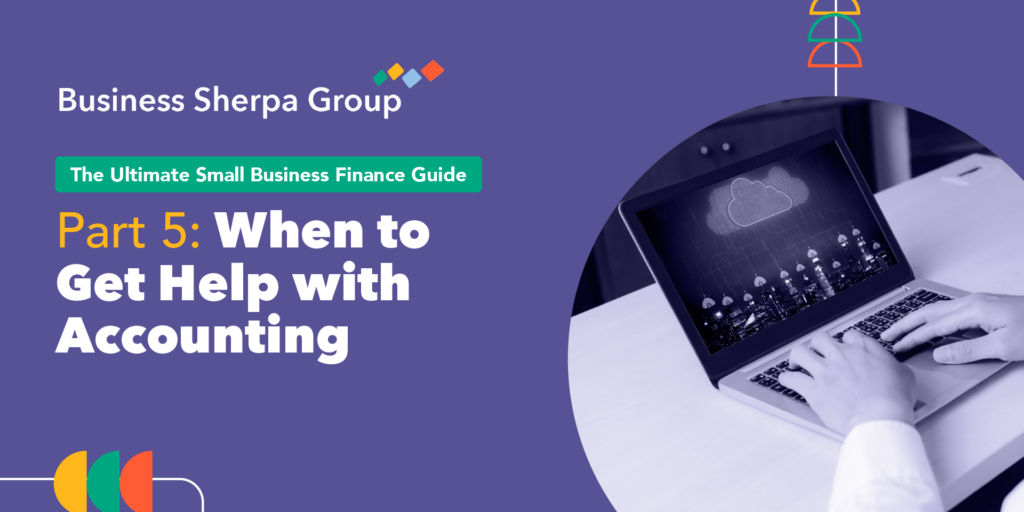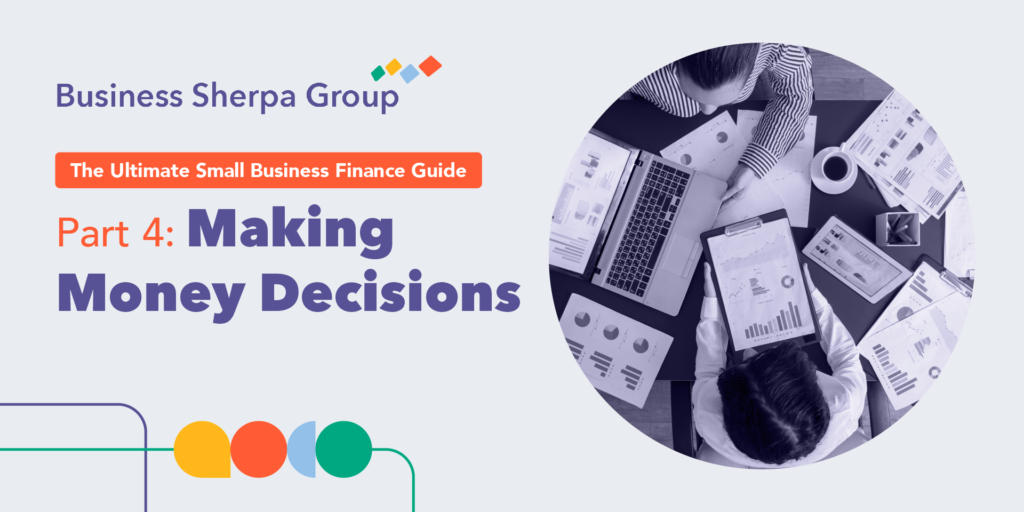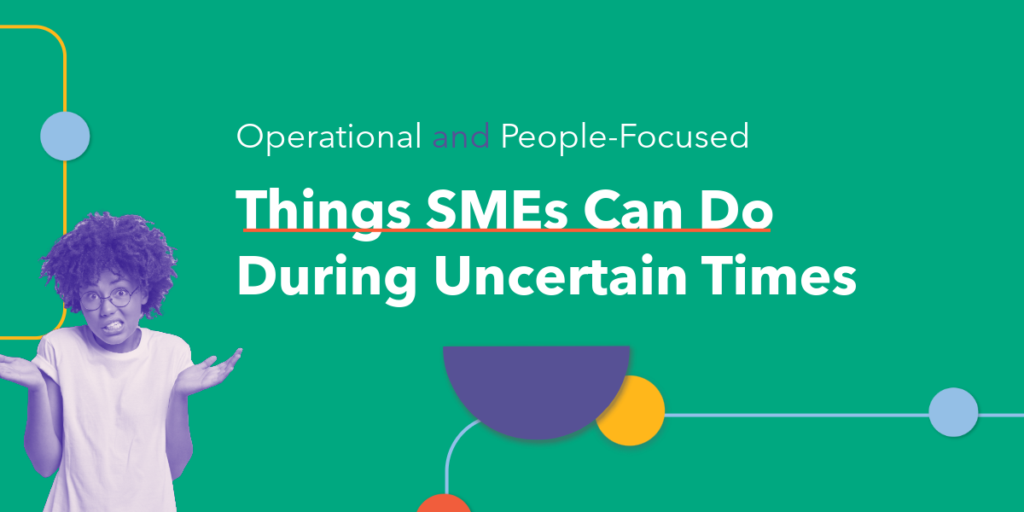This is part one of a two-part series. To learn more about how to phase your digital transformation, check out our step-by-step guide on Wicket’s blog.
———-
Technology is undeniably changing the way we work. We feel it’s critical for businesses to be at the forefront of this change because properly leveraged automation, in conjunction with the ever-important human touch, can mean substantial positive impacts and efficiencies (keep reading for details!).
This is especially apparent in business’ finance functions, for reasons we will dive into shortly.
Why Make the Change?
Fortunately, smaller businesses and associations are uniquely well-positioned to adapt to technological changes. The value from making the change is really around having automated and streamlined workflows, which then allows staff to focus on higher-level tasks (instead of time-consuming manual processes). Traditionally, accounting has arguably the most manual processes than any other area of business, which means it has the most room for optimization.
And yet accounting is also where we often see a hesitation to adapt – no one wants to mess with their money! Or when businesses do adapt, they implement a chopped-up solution that doesn’t actually automate workflows nor meet the finance function’s true needs.
That’s why properly leveraging technology in the finance function is so important. When done right, it allows for accountants and bookkeepers to have access to real-time financial data, which then allows them to spend more of their time helping the business grow with timely insights, ensure ongoing compliance and the ability to make better informed decisions.
Properly Leveraging Technology
What is key is that your selected systems integrate with each other so that information/data flows seamlessly. Integration can be a challenge because there are so many accounting apps/tools out there yet, typically, none are cookie cutter to the intricacies of an organization’s unique workflows and processes. This means a business will likely require 2+ resources to get finances online, which is why we stress the importance of good integration. After all, you want accurate information flowing through your systems so that cash moves based on good data while meeting requirements of your business.
As an example, we use the following types of systems within our digitized finance function:
- Online banking
- An online accounting software (connected to our online banking)
- A document and receipt management software (that feeds directly into the accounting software)
- A Professional Service Automation software that enables automated time tracking, expense tracking, invoicing and reporting (which talks directly to our online accounting software which reconciles against the document management software)
The end result of the above is a seamless, real-time accounting experience. We have literally shaved days off our invoicing cycle alone. We’ll get more into the software details in part two of this blog.
How to Begin?
Before investing in a digital transformation, we encourage an assessment of needs to get a clear idea of what is critical for your business to function properly.
Then, look for what isn’t quite working in your accounting operation; where do you regularly need workarounds or have to stop a process unexpectedly to fetch more information or involve another person? These are likely to be areas that digitization can improve.
These two areas of consideration should provide a solid framework to build from. With a framework in place, think about what operations technology could add value to and where you will need the knowledge, judgement and expertise of a professional.
Congrats! With these steps completed, you have created a technology roadmap that balances current needs with future needs and can guide decisions as a digital transformation is moved forward.
This is actually stage 1 of a phased implementation plan. You can read more about what implementation looks like in part two. For the rest of this blog, we will dive deeper into the business case for digitizing accounting.
Business Case for Digitization
The ultimate goal of digitizing your finance practice should be to address inefficiencies in workflows and complement the human touch while leveraging automation. This is achieved through what we like to call “continuous accounting”.
Continuous accounting is essentially to distribute an accountant/bookkeeper’s workload evenly over an accounting period by embedding the traditionally month-end tasks into the day-to-day activities.
In contrast, it’s still typical for organizations to practice month-end accounting, where essentially the accountant/bookkeeper gets a pile of paper and does all the data entry and reconciliations at the end of the month. Month-end is then, as you can imagine, one of the most time consuming and stressful periods for finance teams. Yet, these time-consuming tasks are still an essential part of the process to ensure organizations have accurate information that enables business decisions and ensures compliance with governing bodies. This idea of continuous accounting elevates the goal for these processes to occur day to day so that month/quarter and year end are efficient and so that real-time financial data is possible.
There was an American Productivity & Quality Center (APQC) benchmarking survey that was conducted on General Accounting standards. The result of the survey was that the bottom 25% of 2300 organizations questioned said they need 10 or more calendar days to complete the monthly period close, compared to the top 25% of performers who complete the monthly close in 4.8 days or less.
Thus, there seems to be a correlation between performance and monthly closing periods. As continuous accounting drives a faster closing period, it has the possibility to contribute to overall increased business performance. This makes sense when you consider how continues accounting enables timelier access to financial information, stress reduction in finance teams (no more month-end rushes) whose work is optimized with technology (meaning they can think more strategically with increased data accuracy).
This is why we believe digitized accounting is so valuable to all kinds of businesses; it can give a true competitive advantage.
In Conclusion
Digitizing your finance function and working towards continuous accounting is not an easy task. There are many, many tools to choose from and so selecting one and implementation can seem overwhelming. But starting from a strategic mindset helps provide clarity that makes the task more manageable.
It’s likewise important to note that a digital transformation doesn’t happen overnight and is not going to replace your accountant. Rather it will allow your accountant/ bookkeeper to spend less time on routine, time-consuming tasks and more time interpreting the results from your financial statements, bringing far more value to your organization.
By starting small and taking a phased approach, you can have early wins by addressing painful problems and feel confident as the transformation moves along at a manageable pace. Strategic planning and an initial investment in time are required to develop a strong technology roadmap but are well worth the investment.
About the Author
Brandon Brown, CPA candidate & Accounting Team Lead at Business Sherpa Group. Brandon is energized by organizations who embrace innovation and is well versed in digitizing organizations finance functions by leveraging technology to find efficiencies in workflows and effectively provide organizations with timely and accurate financial reports.

